Many thanks to all of the artists that joined us for Houdini HIVE at GDC in San Francisco. With an impressive line up of presenters, everyone was given a unique insight into how Houdini techniques are used by gamedevs and studios. SideFX is pleased to be able to publish these presentations for you to view online and thanks all the presenters for their contributions to the HIVE.
Presentations
Galen Davis | Quixel & Luiz Kruel | SideFX
Scan Data & Procedural Workflows: Behind the Scenes of Rebirth
Luiz and Galen take you behind the scenes of the making of Rebirth - the short film by Quixel, SideFX and Epic - launched at GDC 2019. Rebirth demonstrates that using a film quality approach in a real-time setting is achievable in Unreal Engine using high quality scan data. Leveraging the power of Houdini under the hood, coupled with Megascans and LIDAR on top, the production team proved that small team of artists can achieve insanely high quality results in a short amount of time.
David Santiago | Insomniac Games
Marvel’s Spider-Man, meet Houdini
David gives an overview of the how Houdini helped Insomniac author the ground, buildings, traffic, vignettes and crimes, props, and impostors, audio, lighting and more for Marvel's Spider-Man.
Elvar Örn Unnþórsson | Flashbulb Games
Building Worlds in Unity
When tight level design is king, Houdini is a Swiss Army knife for smaller teams. Elvar provides an overview of the process Flashbulb Games uses to create the large open world environments found in the open-world vehicle building game Trailmakers.
Stoyan Dimitrov | Space Ape Games
Procedural Race Tracks for
Mobile Games
Stoyan walks through how Space Ape Games evolved their tech from in-house procedural tools in Unity to using Houdini Engine. The main challenges in mobile games are performance and file size. Find out how they leveraged Houdini to develop a track generation tool that automatically populates road markings, apexes and walls depending on curvature while maintaining good vertex counts and lightmap resolution.
Danicka Oglesby | SideFX
Creating Assets and Crowds for Unity
Danicka talks about the different Houdini tools and techniques that she used to create a stylized VR environment in Unity. She also discusses how she processes crowd data in Houdini to be imported and used at runtime to transform agents in-engine.
Cosku Turhan | Magnopus
Bladerunner 2049 & Coco VR
Cosku covers how Magnopus used Houdini to edit, add FX to, and relight Holocapture volumetric data to use in the Blade Runner 2049 VR project. He will also talk about how his team used Houdini to optimize, process and export really big scenes that they got from Pixar to render the COCO VR experience.
Luis Garcia | Feline Arts
Simplifying Indie GameDev Workflows
Learn how speed up your 3D workflows while maintaining asset quality, build large scenes, or achieve a high number of asset variations. In this session, Luis shows you how to get the most from Houdini Engine in your game development, and how to speed up repetitive tasks by creating Digital Assets that integrate directly into the game engine as fully functional assets.
Robert Magee | SideFX
Houdini Engine & PDG Pipeline Tools
Robert shows you how Houdini Engine plug-ins for Unity and UE4 let you bring Houdini's "pipeline-in-a-box" into your game engine for increased flexibility as you build digital environments and design levels. These techniques will be explored along with the new PDG [Procedural Dependency Graph] tools that make it easier to scale up and create more content faster than ever before.
Paul Ambrosiussen | SideFX
Rapid Level Creation for Unity Mobile
Paul gives a high-level overview of the Houdini tools that have been developed to create a rapid iteration workflow for using sketches, created in a paint application to generate 3D game levels in multiple styles for mobile games. Using this workflow the SideFX Games Team created a mobile game in Unity.
Luiz Kruel | SideFX
Photoshop Level Design in Unity
using Houdini Engine
Using the Unity-Houdini Engine plugin, Luiz demonstrates a pipeline that lets you make and edit PSD files in Photoshop then convert them into full playable levels in Unity. This in depth talk goes through the process of building this asset and explaining the different methods used for converting images into scatter zones, spawn point placements, terrain and more.
Valentine Kozin | Rare
Sea of Thieves: Tech Art and Shader Development
Valentine gives a comprehensive look at the adoption of Houdini by Tech Art while working on Sea of Thieves. "Although we only began to learn and apply Houdini mid-way through production, it proved an invaluable tool in the Tech Art toolbelt. This talk explores the deepening link in our workflow between shader development and Houdini tooling with detailed breakdowns of specific use-cases, including lightning strikes, kraken tentacles, vomit and clouds."
Will Driscoll & Danilo Moura Silva | Volumetrica
Photogrammetry & Volumetric
Video Techniques
Will and Danilo share their expertise and tips on photogrammetry and volumetric video, capturing several rare artifacts and tombs from Ancient Egypt from Experius VR's interactive King Tut experience - then sharing the volumetric production of '7 Miracles' - and lastly diving into the development of volumetric tools for VR and AR.
Thomas Iché | Unity VFX
Houdini Tools for Unity VFX Graph
How Unity's Visual Effects team designed simple exporters to bake high-definition volumes and point caches from Houdini for import into Unity for use in Visual Effect Graph.
Kenny Lammers | Indie-Pixel
Building a Large Scale Environment PDG Pipeline | Part 1
Kenny walks through the fundamentals of using Houdini to create procedural systems to rapidly generate Large Scale Environments. Learn how to optimize Houdini Engine and PDG [Procedural Dependency Graph ] workflows into your game environment creation pipelines!
Kenny Lammers | Indie-Pixel
Building a Large Scale Environment PDG Pipeline | Part 2
Kenny dives a bit deeper and takes a look at how to create procedural systems using PDG [Procedural Dependency Graph] in Houdini and Houdini Engine. This gives you a more hands-on look at how to construct a pipeline for Large Scale Environments in Unity. By the end we will have built up a procedural tiled terrain system, complete with erosion, a smart foliage scattering system, and implemented a basic road to demonstrate how all these elements interact with each other.
John Moncrief | SideFX
Intro to Procedural Modeling: Not Just Another Rock Generator
John provides an introduction to procedural modelling for games, that starts with a general understanding of what is proceduralism in Houdini, and then demonstrates how to harness it when making artistic decisions as you generate models. This session introduces you to the idea of using Houdini as a “Tool Building Tool” - with no previous Houdini experience required!
Fianna Wong | SideFX
Size Matters: The New Measure SOP
A look at a new H17.5 feature , we will explore the brand spanking new Measure SOP that can be used to calculate your surface curvature, perimeter, gradient (no, not the blending between colours but the angle of a slope) and boundary integrals (what's that, right?). All this measuring...what can you do with it? Come to find out!
Rob Stauffer | SideFX
PDG Automation Pipeline: Make More Assets
Rob shows how to rapidly create variants of game assets using Houdini's procedural workflow and the new Procedural Dependency Graph (PDG). Explore methods for generating textures and geometry by iterating over value ranges using wedging. Learn how to using Houdini Engine and Houdini's pipeline tools for efficient batch processing, and see the resulting assets in Unreal Engine.
Ari Danesh | SideFX
Terrain Generation
Ari explores Houdini's terrain tools with a focus on new erosion models for higher quality results and hierarchical scattering for populating the terrain. He will also look at ways that Machine Learning can be utilized to take terrain generation to the next level.
Ben House | Blue Point Games
Houdini as a Comprehensive Gamedev Tool
Ben covers a wide range of benefits of using Houdini as a studio-wide pipeline tool in gamedev. He covers powerful terrain and VFX tools, and multiple ways that Houdini and Houdini Engine are used to increase studio efficiency by reducing boring or repetitive tasks that frequently take time away from artists.
Mike Lyndon | SideFX
H17.5 GameDev Tools Update
Mike gives a quick overview of the various tools the SideFX gamedev team has been working on recently - including an updated gameres pipeline with Alice Vision (photogrammetry) and LOD generation, a building generator, and some procedural VFX tools. He outlines the development cycle and how you contribute to that as well as our roadmap for the year ahead.
Stephen Tucker | Allegro Digital
On the Origin of Darwin Project’s Geometry by Means of Houdini
While Houdini is often thought of as a power house for simulation, the low level access it offers when constructing geometry is without a doubt one of its most attractive features for game development. Stephen provides a look at some of the ways in which Houdini has been used to create and manipulate geometry in Darwin Project for static meshes of lavafalls / splashes / rivers, rendered meshes as textures for Unreal Engine particles, collision meshes and vertex animated meshes.

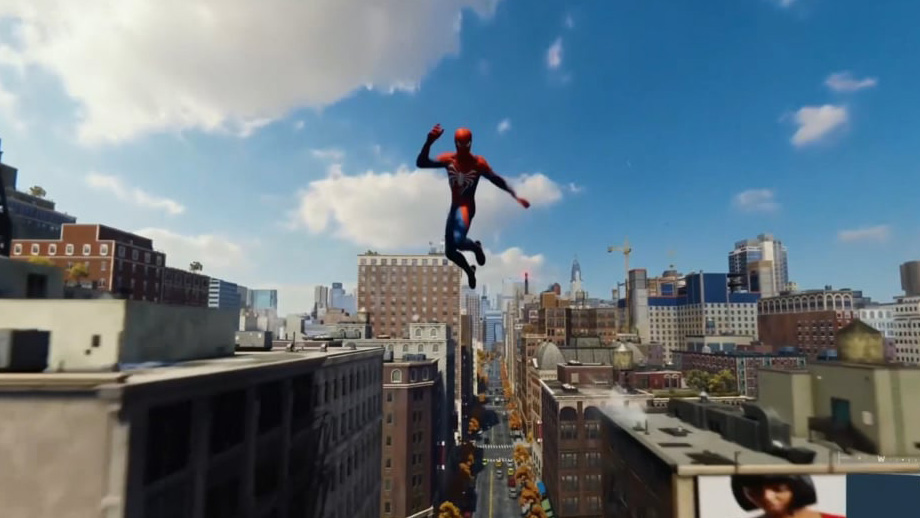
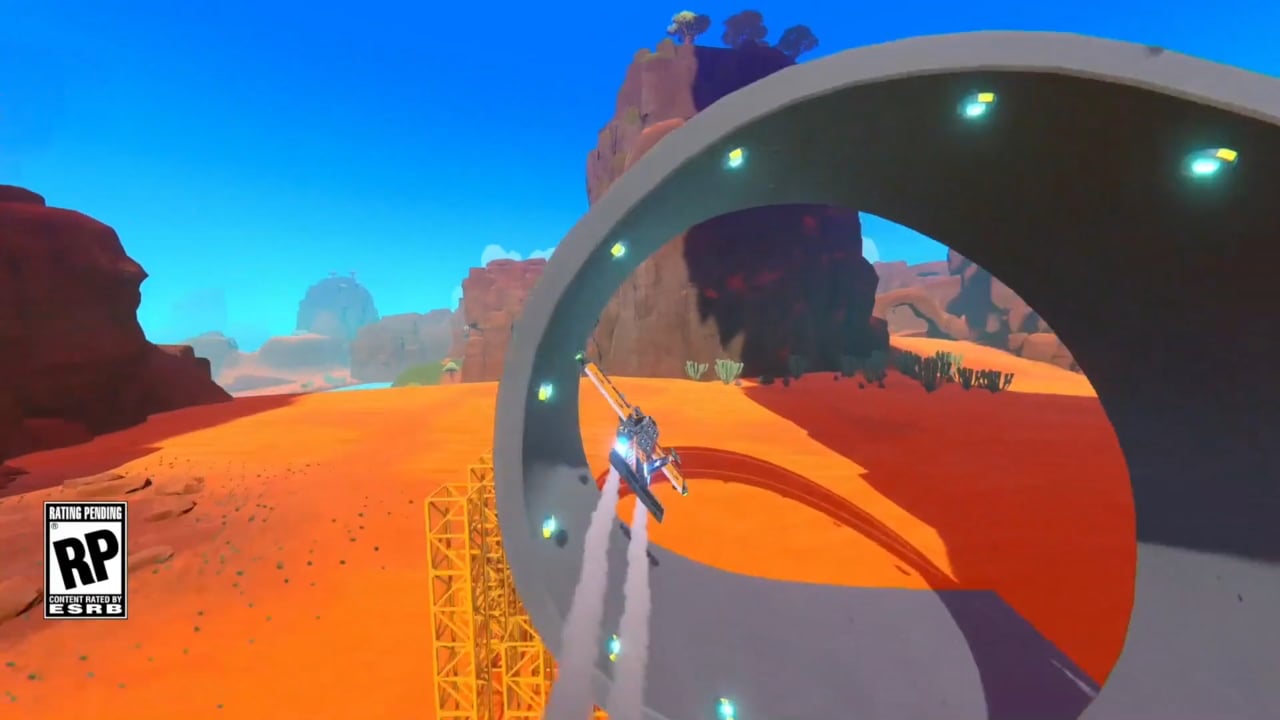
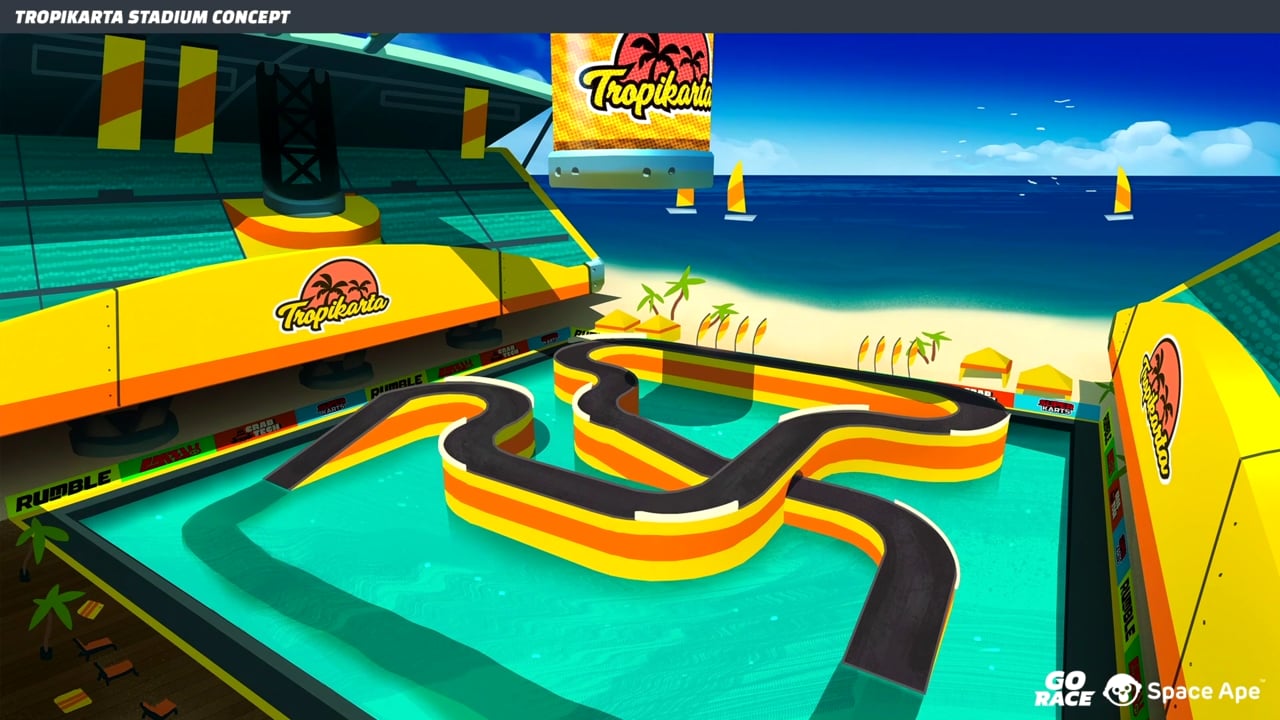
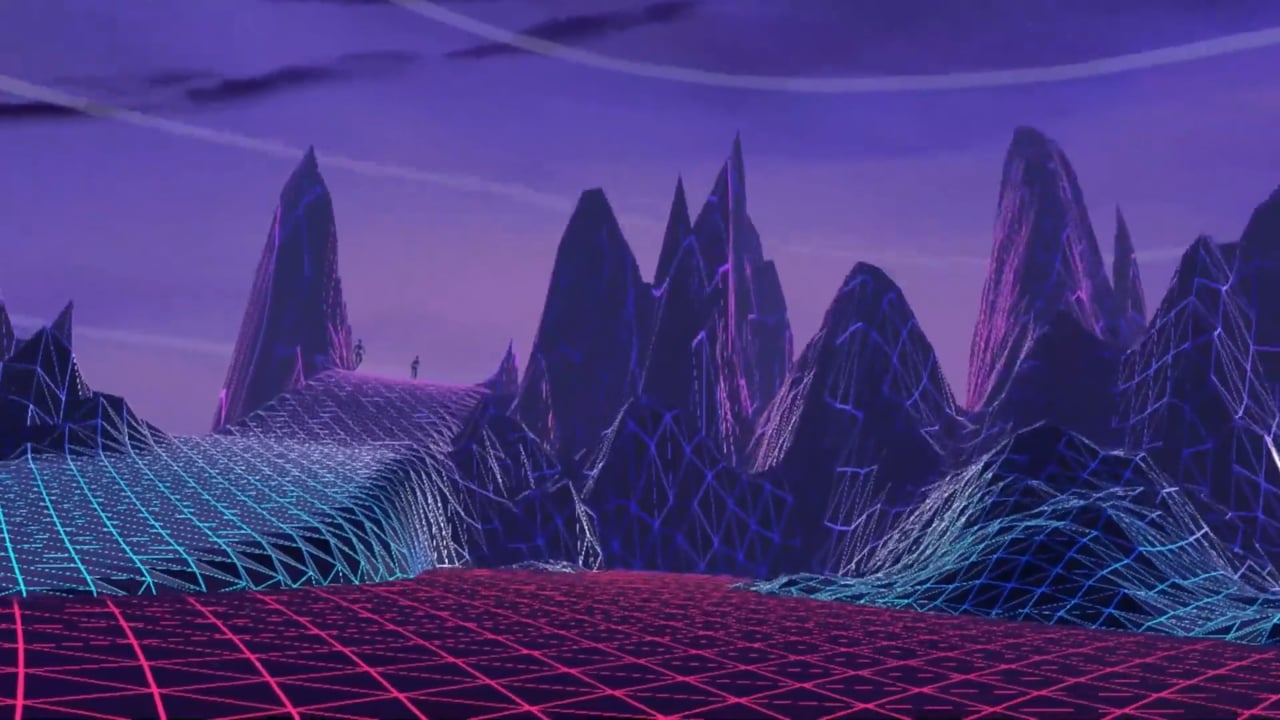
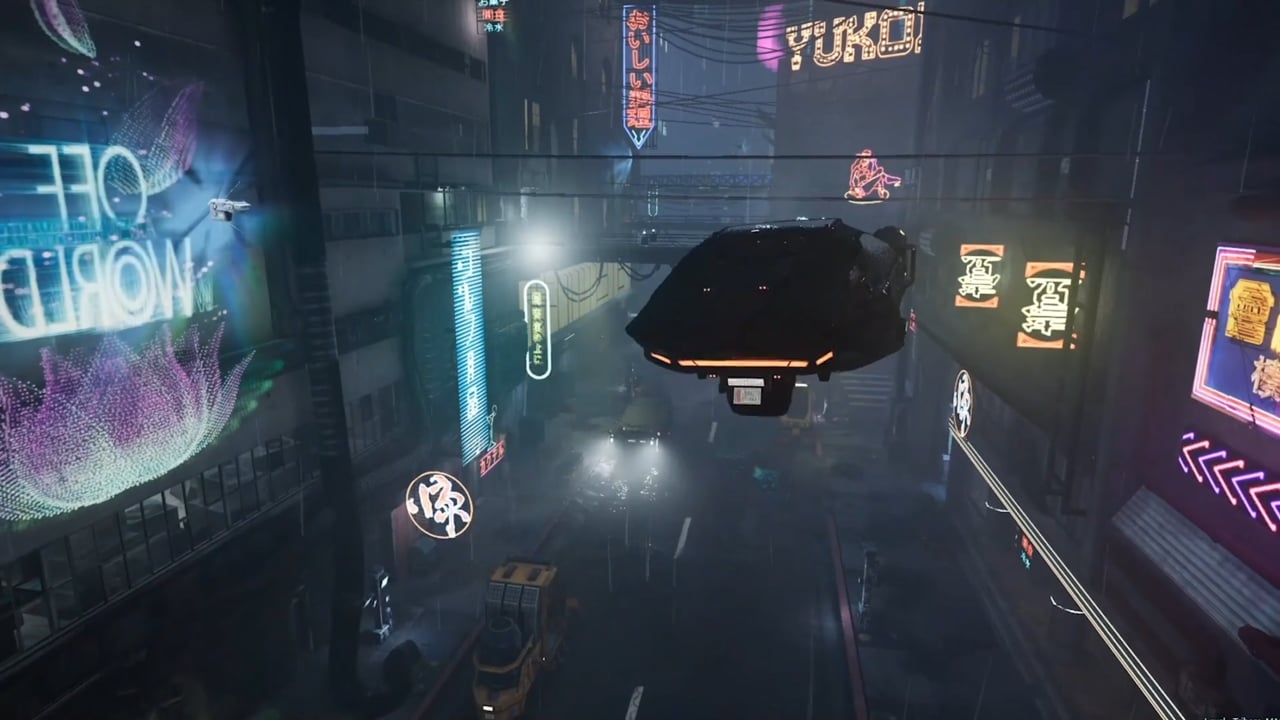

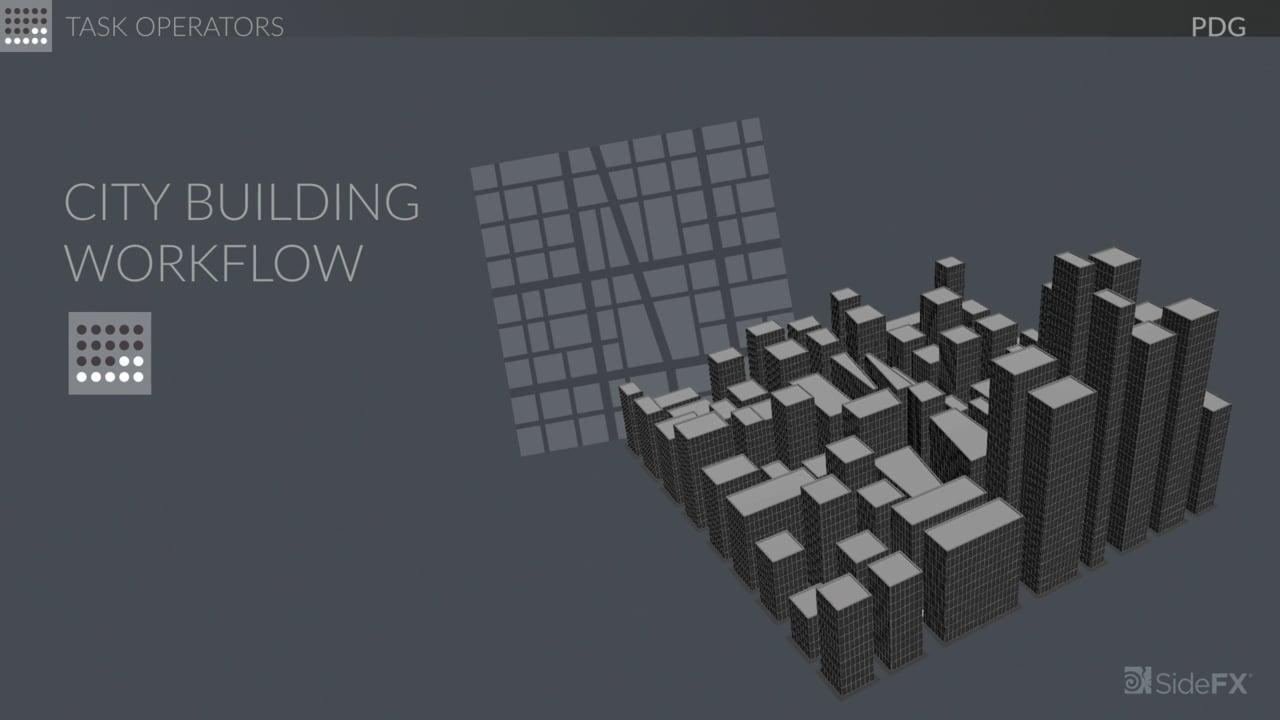
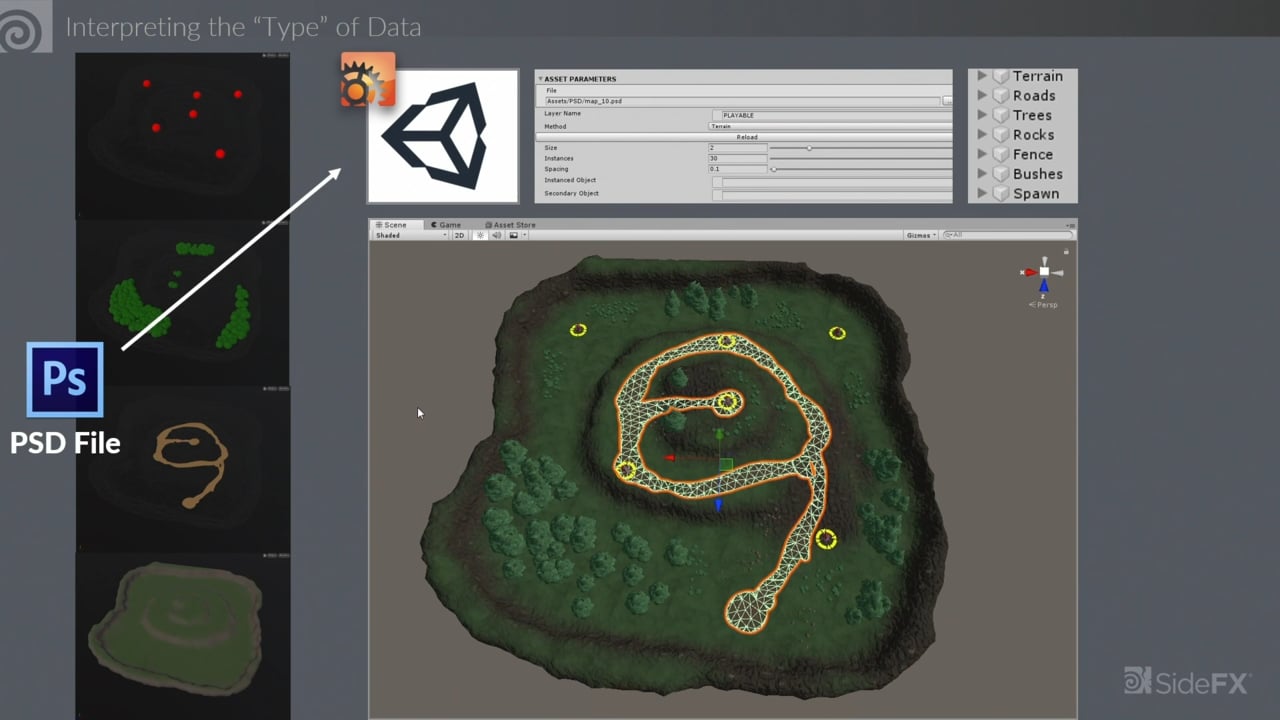
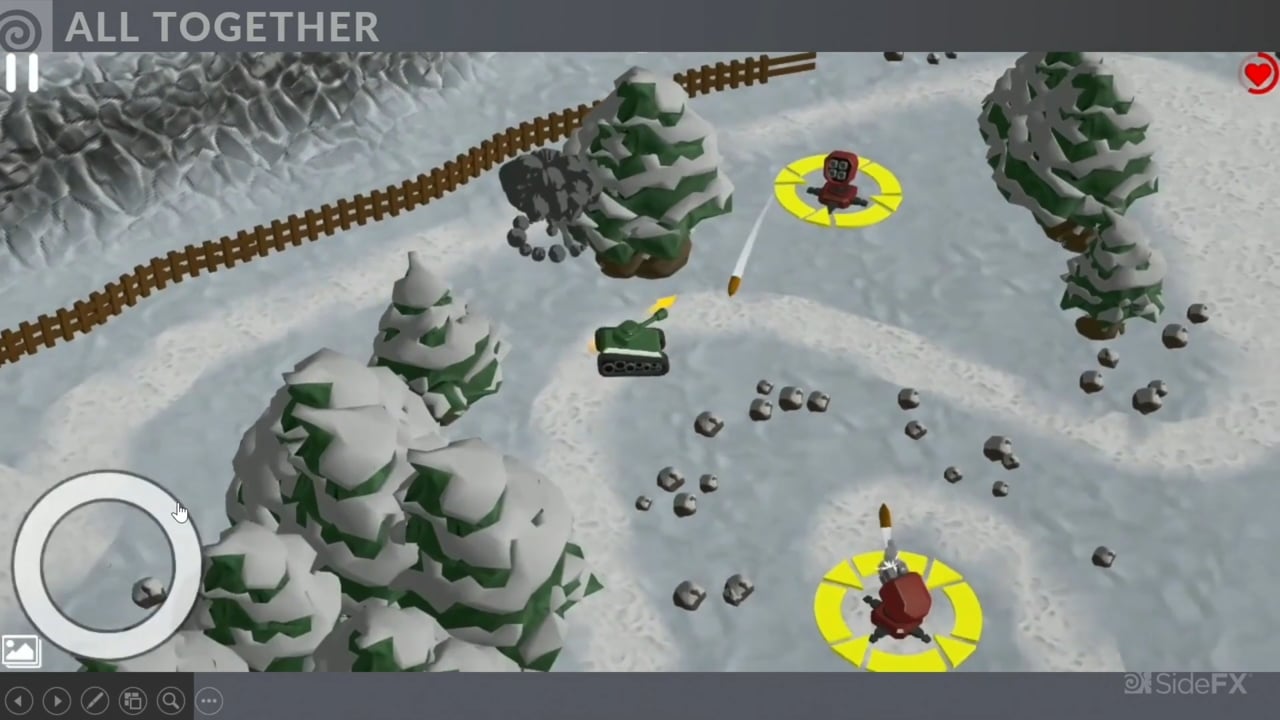
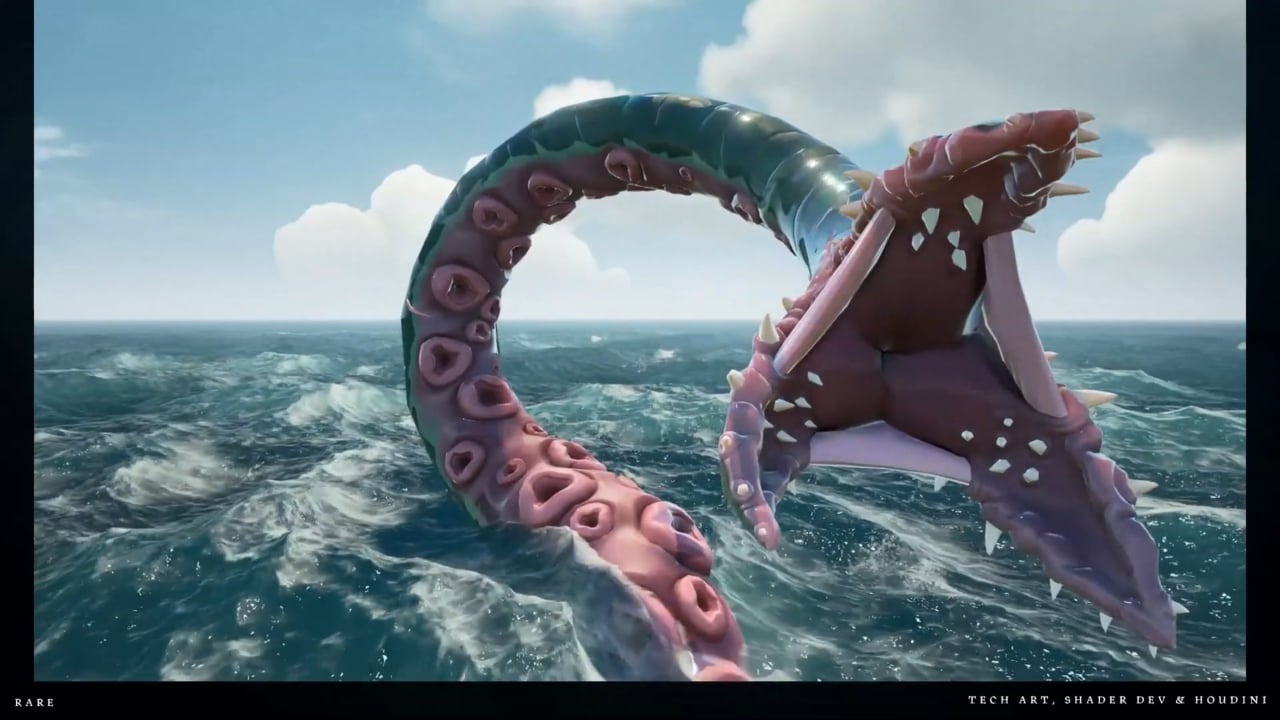

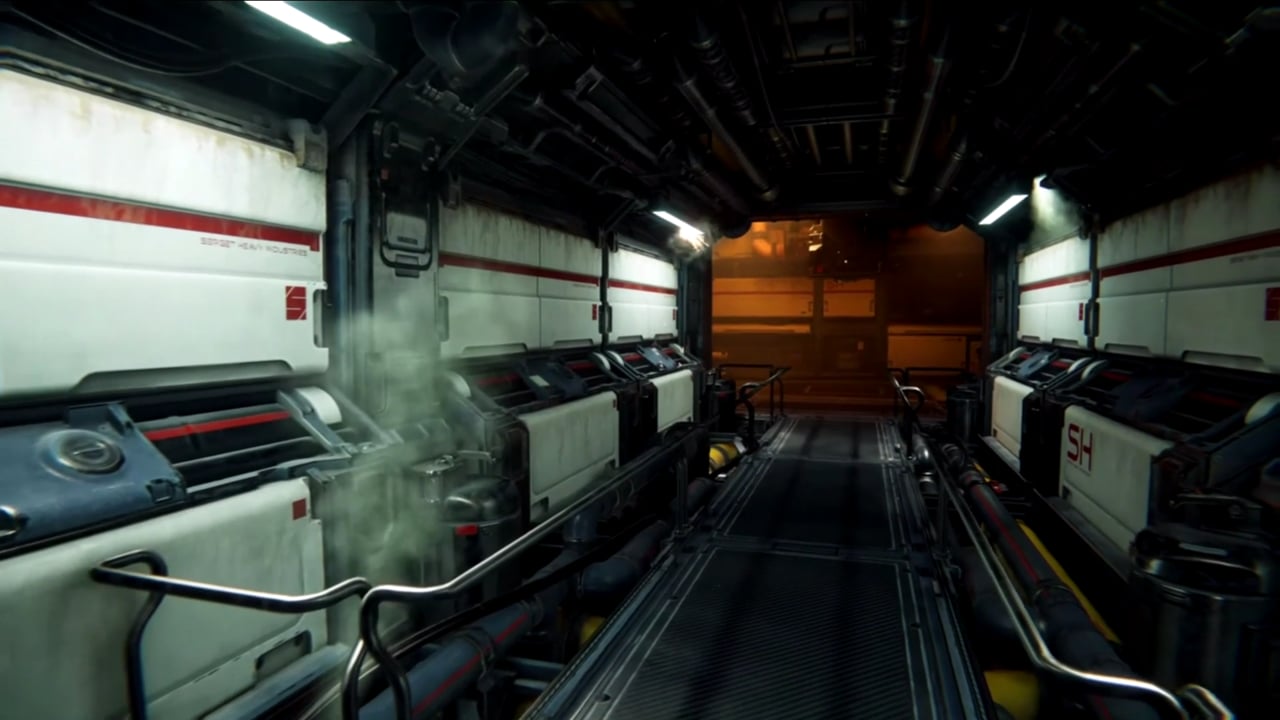

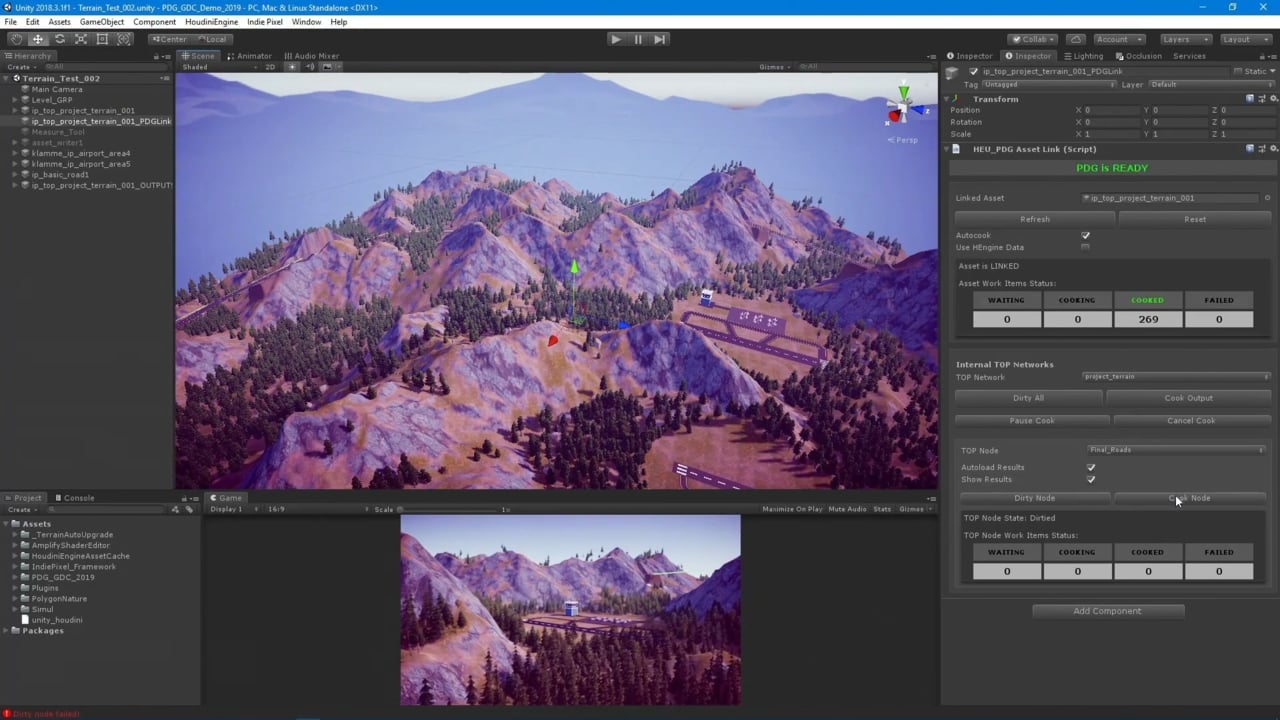

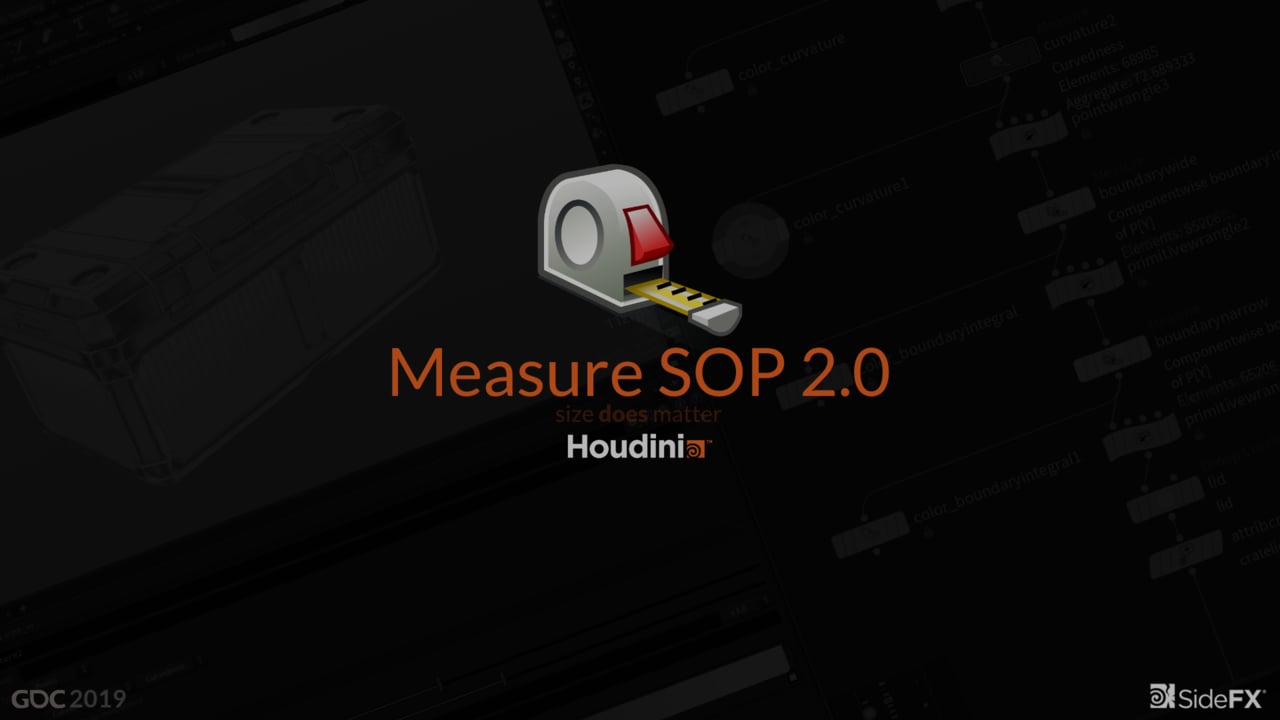
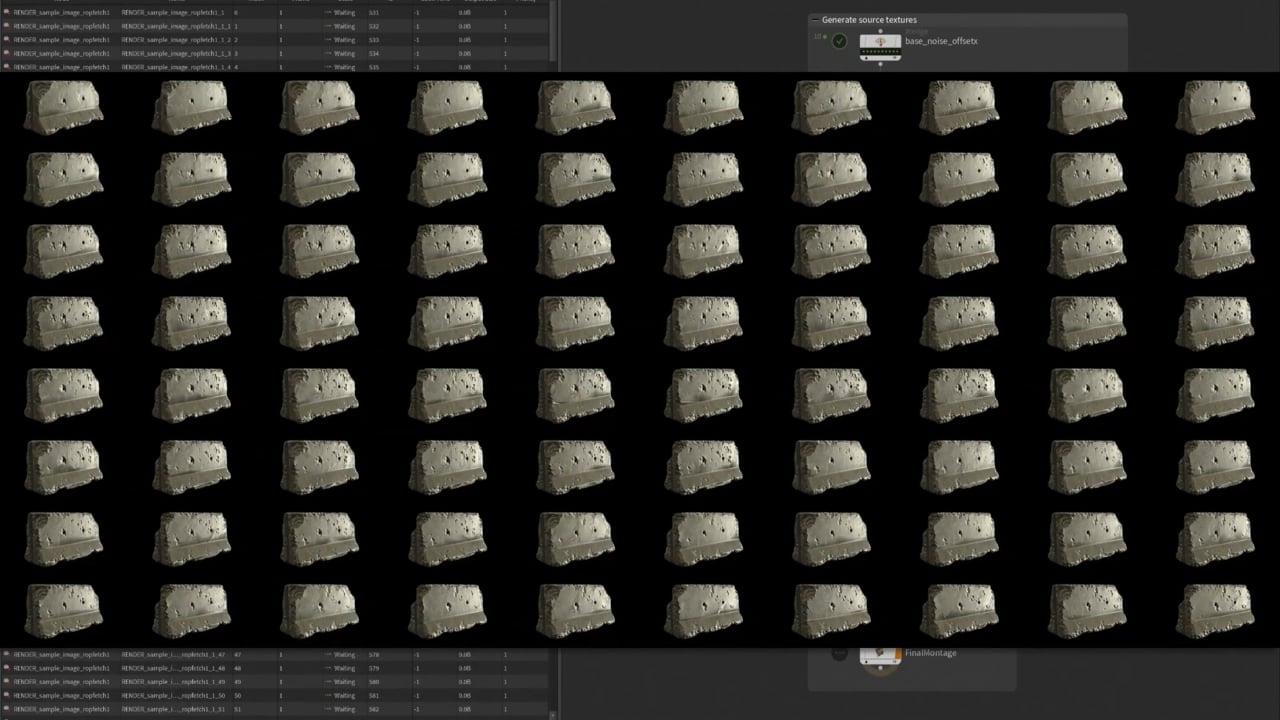
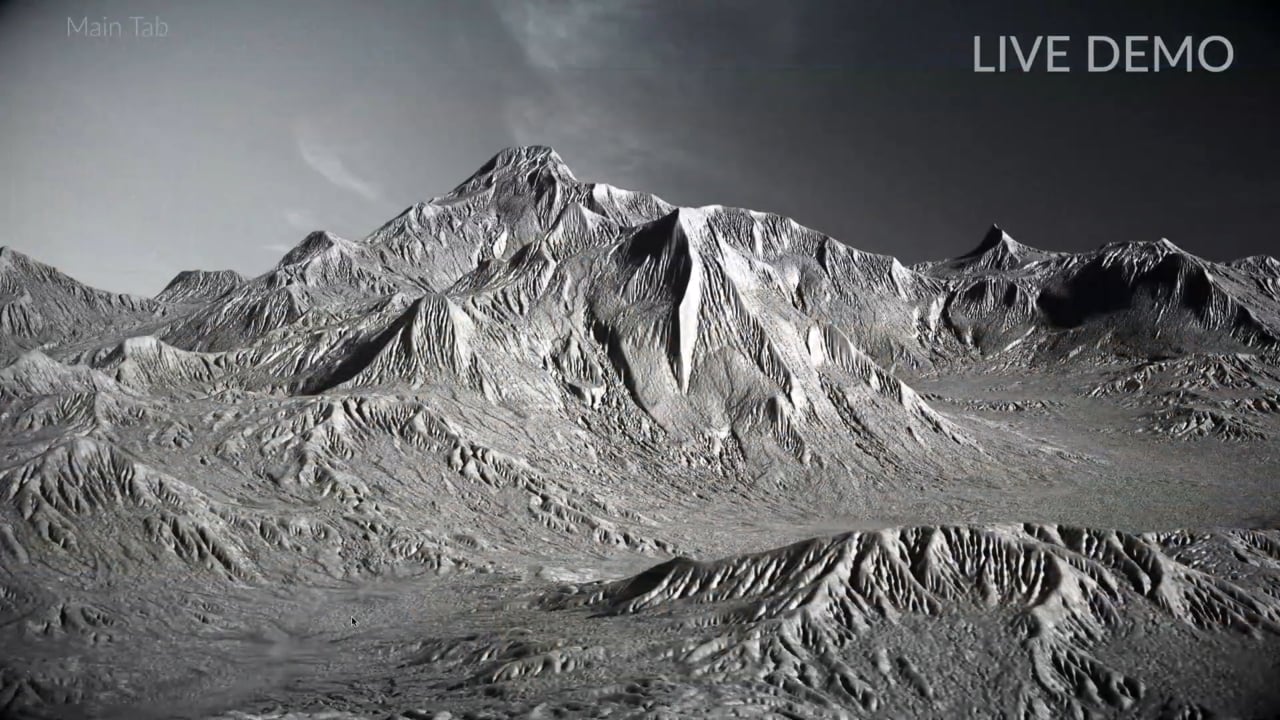

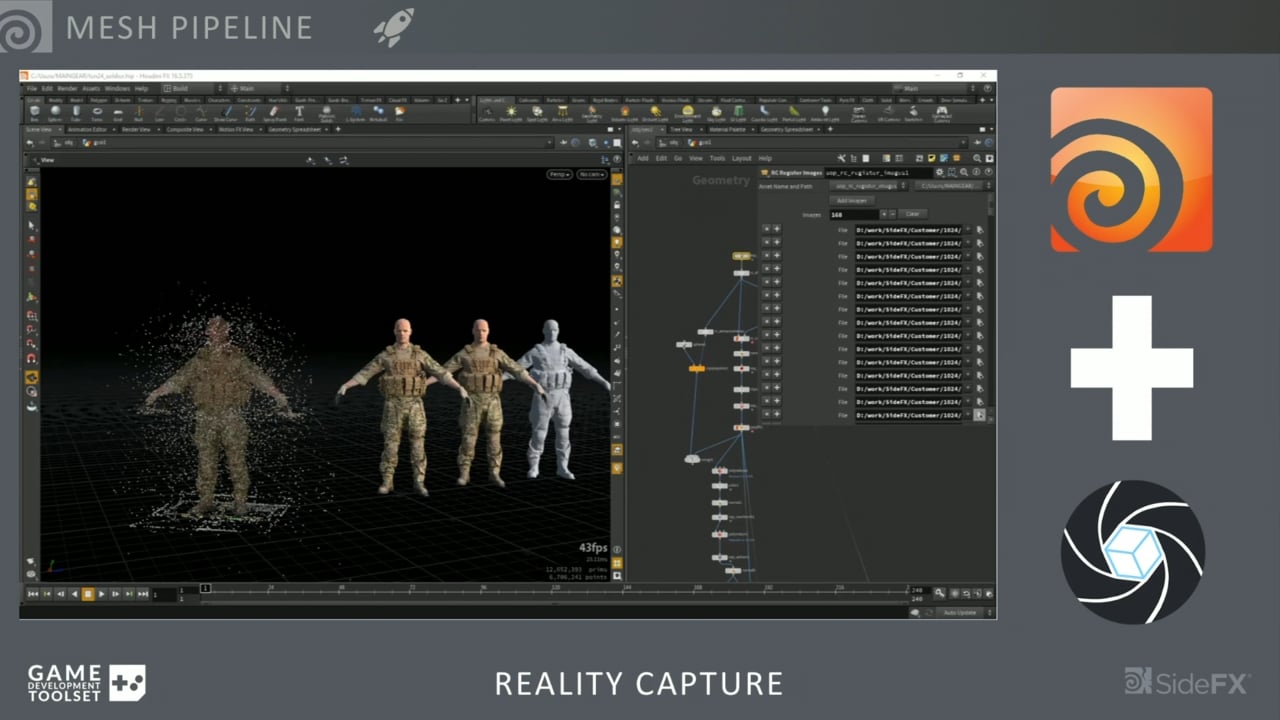
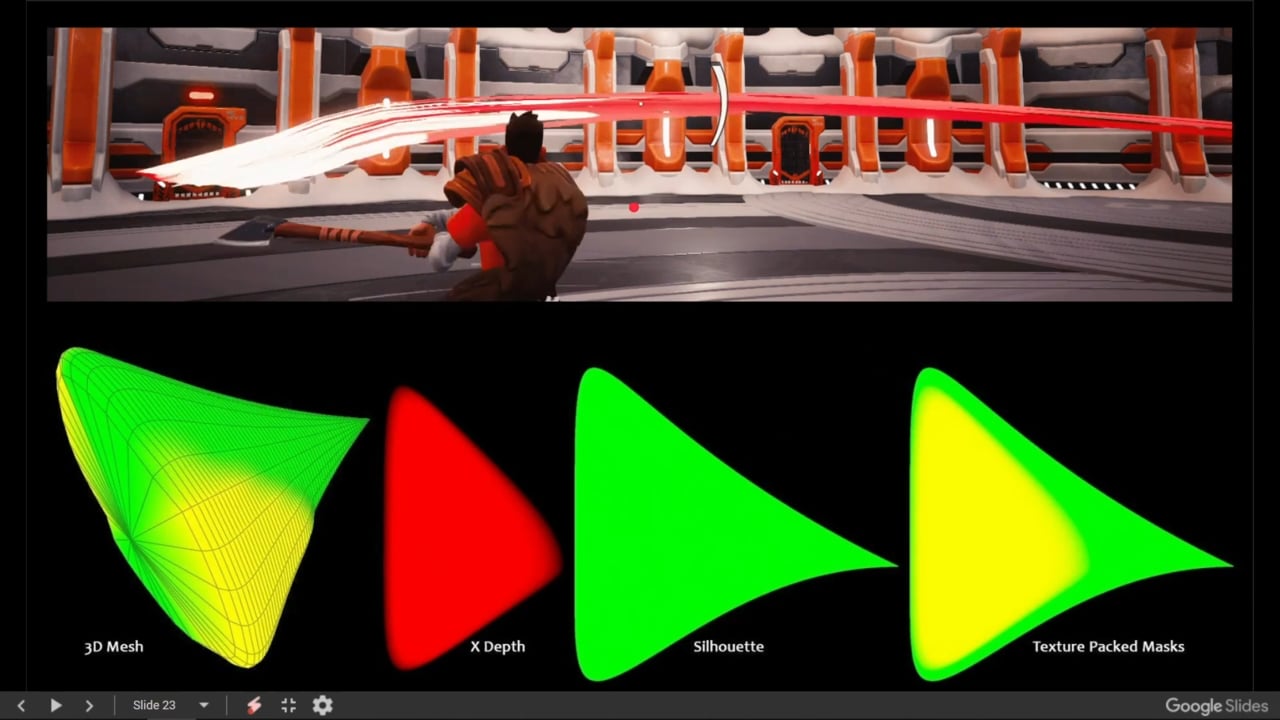
COMMENTS
Tesla_s_fan 6 years, 1 month ago |
沙发
kelvincai 6 years, 1 month ago |
Possible to share the hip files in Sea of Thieves presentation? Cheers
liaoxianghui_ives 6 years, 1 month ago |
Nice
AeroAstroArts 6 years, 1 month ago |
You have Part 1 and Part 2 links for 'Building a Large Scale Environment PDG Pipeline' video links the wrong way round.
Please log in to leave a comment.